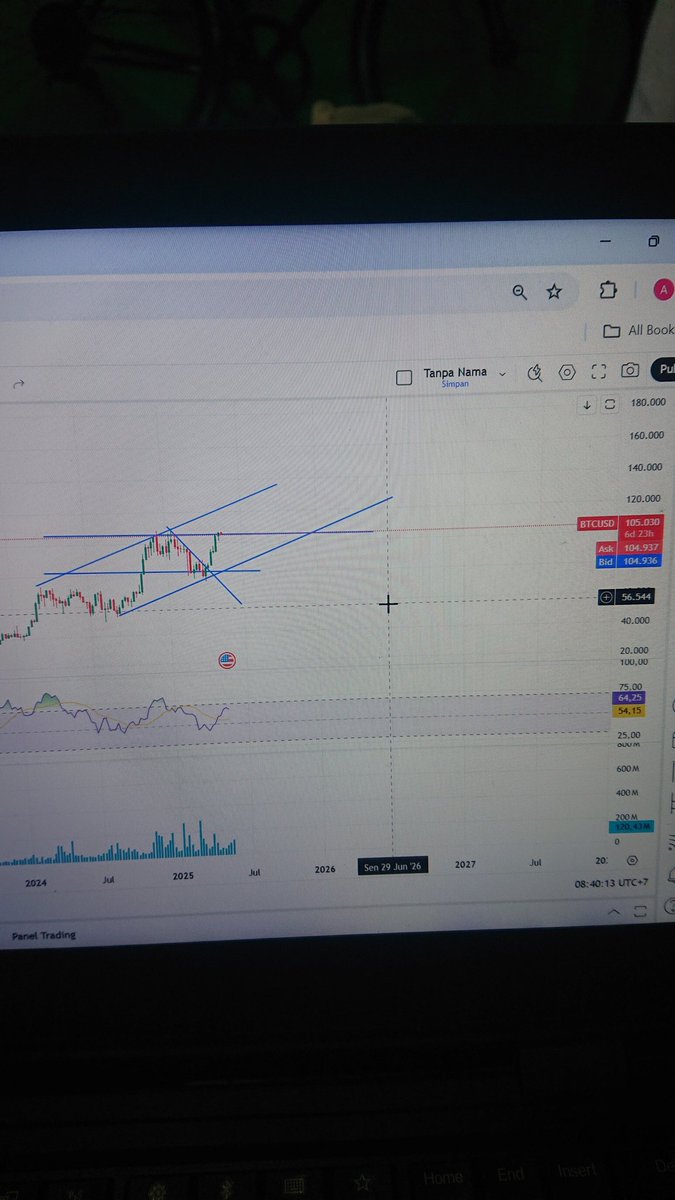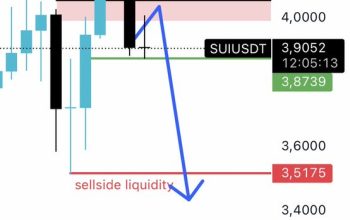Unlocking AI’s Role in Today’s Crypto Market: Beyond the Hype
A New Kind of Market Analyzer
The cryptocurrency landscape is a whirlwind of rapid shifts, emotional swings, and complex data. Trying to read these markets using only human intuition can be like trying to catch lightning in a bottle. This is where artificial intelligence steps in—not as a magic crystal ball, but as a powerful augmenting tool that sifts through massive volumes of data to identify patterns, sentiment, and potential market moves that owners of just tweets and charts might miss.
How AI Sees the Crypto Chaos
AI tools, especially those built on machine learning and natural language processing, can rapidly analyze diverse information sources: social media chatter, trading volumes, order book dynamics, macroeconomic reports, and technical indicators. By cross-referencing this data in real time, AI systems generate holistic views of market conditions. For example, an AI agent might flag a sudden divergence between bullish sentiment on Twitter and bearish technical signals on blockchain data, warning traders of a potential inflection point.
More than simple number crunchers, advanced AI solutions incorporate psychological and behavioral economic models too. This means AI attempts to gauge not just what has happened but how market actors might react next—identifying potential fear, greed, or contrarian moves hidden beneath the surface of candlestick charts.
Practical Impacts on Trading and Investment
The integration of AI into crypto trading is transforming strategies. Consider the use of AI-powered bots that execute trades based on pre-set parameters combined with real-time analysis. These automated systems can capitalize on short-term inefficiencies in volatile markets, shield portfolios from sudden crashes via rapid risk assessments, or optimize entry and exit points using predictive analytics.
For institutional players, AI supports due diligence and is critical for monitoring compliance amid an unruly and largely unregulated terrain. Smaller traders gain access to insights that were once the realm of big hedge funds, leveling the playing field to some extent.
Challenges: Trust, Transparency, and Over-Reliance
However promising AI is, it’s not without its pitfalls. Model biases, overfitting to specific market conditions, and the so-called “black box” problem where traders don’t fully understand how AI reaches decisions, can lead to misplaced trust. Furthermore, markets influenced heavily by AI-driven trades might see exacerbated volatility or flash crashes due to algorithmic feedback loops.
Human judgment remains essential. AI tools should be seen as sophisticated partners in decision-making, not oracle replacements. The real art lies in combining AI’s computational power with human experience, nuance, and intuition.
Looking Ahead: AI as a Catalyst, Not Just a Tool
As the crypto market grows more complex and intertwined with global economics, AI will evolve beyond today’s capabilities. Future systems may seamlessly integrate multi-layered data from global macro trends, on-chain analytics, social sentiment, and even geopolitical events, offering traders a comprehensive yet digestible synthesis in real time.
The promise of AI in crypto is not merely about faster trading or better charts—it’s about evolving the entire ecosystem toward smarter, more resilient markets. For anyone navigating the crypto seas, embracing AI is less a choice and more a necessity—provided it’s wielded wisely.
—
No sources were cited directly for this analysis, drawing primarily on broad industry trends and insights into AI’s growing role in financial markets.




